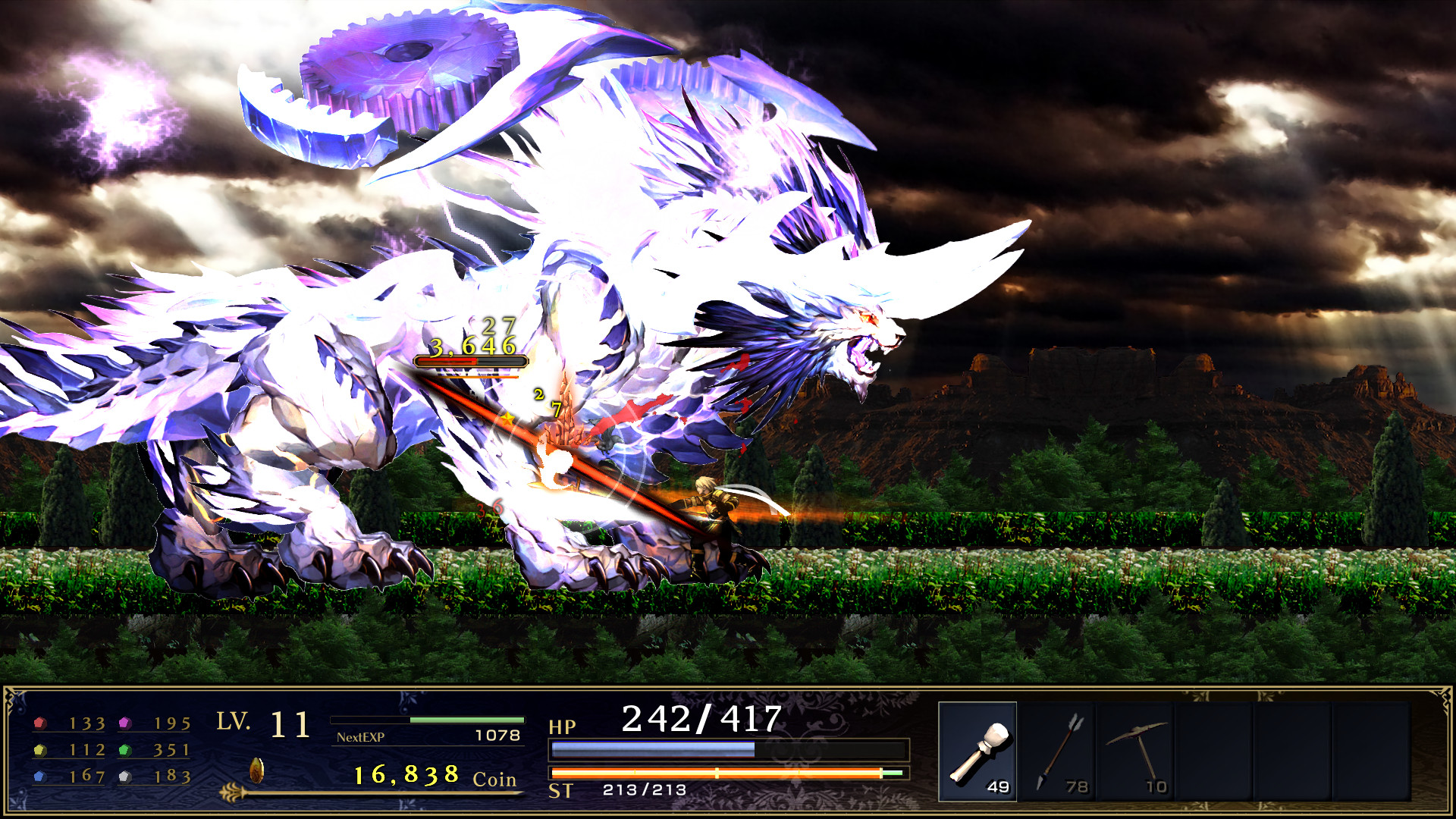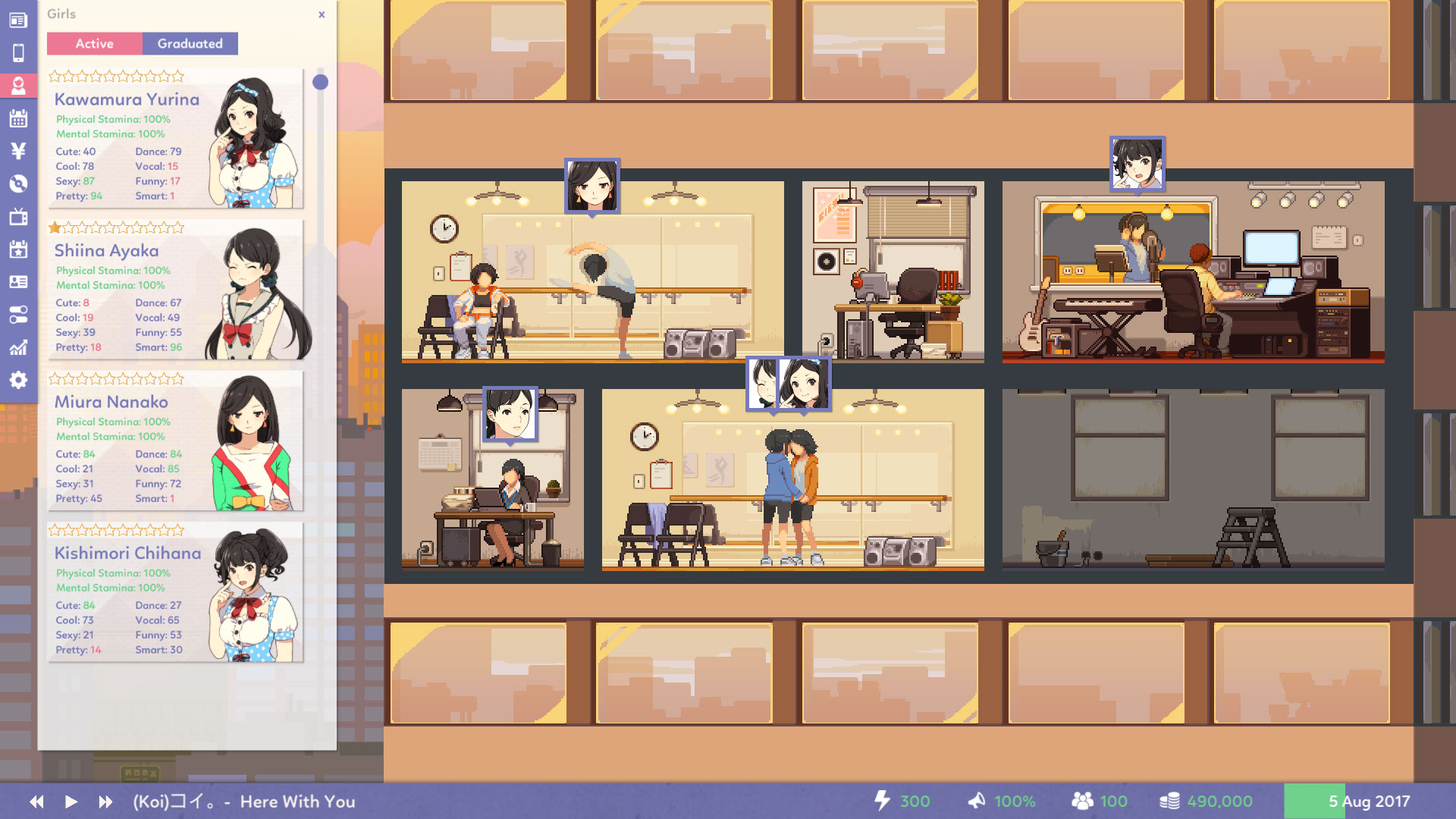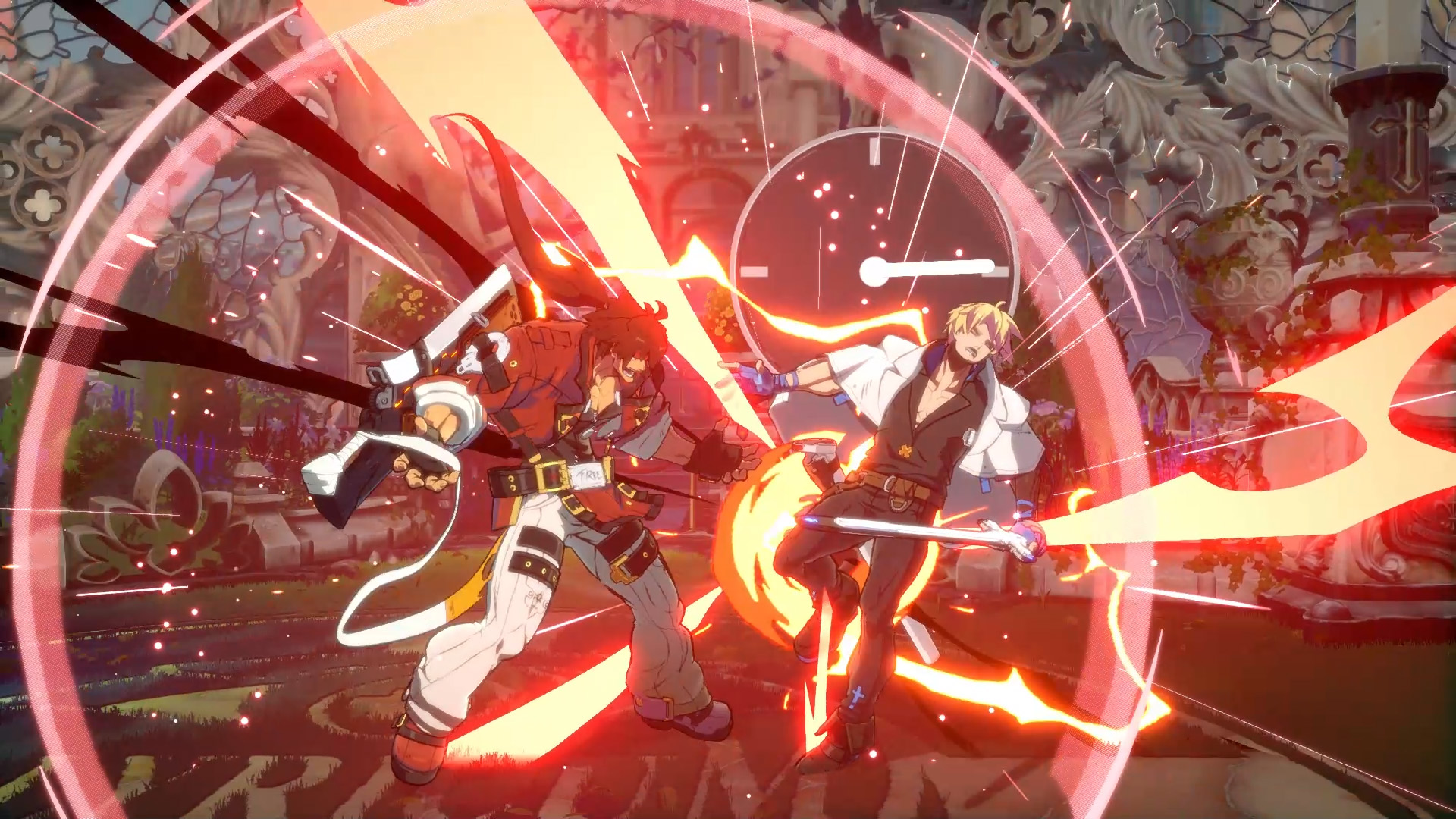What is ASTLIBRA Revision
ASTLIBRA Revision is a fantastic Japanese 2D action RPG game developed by KEIZO. In this game, you are going to explore the world and improve your skills and armor, to confront powerful monsters, and seek your childhood friend who disappeared in a disaster.
You can collect more than 40 weapons and 30 magics. Together with hundreds of skills and the libra system, you can build your own fighting style.

Link: https://store.steampowered.com/app/1718570/ASTLIBRA_Revision/
Why ASTLIBRA Revision is engaging
Complex system, but easy to learn
There are in total 7 completely different systems in this game that could affect your character’s power. Aside from the ordinary “character level”, “armor”, “magic”, there is this “libra” system, which allows you to put items on the libra and gain buffs when balanced. Almost every item in this game is associated with a “weight” and some positive buffs. And as you progress through this game, you can put more and more items on the libra, which will make it harder and harder to achieve 100% balance.
(When you first unlock this system, you can only put one item on each side.)
The 7 systems do not unlock at the same time. The author intentionally gives the player some time to fully understand and digest the system, before you can unlock another. After a system is unlocked or upgraded, the game will give you some sort of “challenge” that you can clear within a few tries, if you use the new system well enough. In conclusion, game mechanics are upgrading throughout the whole playing experience. When you feel you have mastered all the mechanics in this game, it will be time for you to face the final boss.
The Elemental Tetrad (Mechanics): 4.5/5.0
The Lens of Interest Curve: The interest curve is periodic. When you start to feel bored, the game will give you some new stuff to play with.
Ravishing story, unexpected plot
Besides the incredible game mechanics, the story is also a great selling point of this game. Story telling was always an advantage of JRPGs, and in ASTLIBRA this advantage is even more noticeable.
The story is just an ordinary “hero save princess”, but with an epic worldview and history. The main character starts his journey seeking his childhood friend, and during his journey, he meets other people, travels through space and time, even fights with divine creatures. Finally, he saves “the princess”. The game does not teach me any great principles, it does not inspire me in any sense. It just tells me a good story.
The story of this game makes me think of another game called FINAL FANTASY XIII, and a Japanese animation called Tengen Toppa Gurren Lagann. If anyone has played this game or watched this animation, you can expect a story somewhat like that.
The Elemental Tetrad (Story): 4.5/5.0
The Lens of Hero’s Journey: It is definitely a Hero’s Journey, it has factors such as saving the princess, fighting slimes/goblins to get stronger, defeating “demon king”. However, it does not feel hackneyed, because it also has “time travel”, “spaceship”, “reincarnation”, “future world” to make it less traditional.
The Lens of Story Machine: The interest curve of the story is also periodic, and it is interleaving with the mechanics interest curve. Actually, this is the most amazing part of this game. However, this game does not provide a lot of choices for players to choose from. In some sense, the player’s action can cause some major character to survive/to die. But due to the time travel ability of the main character, you may find some characters suddenly died/revived, because your time travel has rewritten their fate! So in other words, the player’s choice is usually not that important. I do not feel like controlling the story, but just watching it.
“Hit reaction” from obsolete scene, texture and sound effect
By looking at the gameplay, one may not believe this game was released in 2022. In fact, ASTLIBRA was developed by KEIZO, an independent developer, alone, for 14 years. All the scenes, images, textures, music and sound effects are free on the Internet. The original ASTLIBRA gameplay is even more primitive. The author got some help from some artists and musicians after the free version was released. Then, he replaced some images and music in the game, and released the new version “ASTLIBRA Revision”.
With limited resources, this game presents a good “game feel” to the player. With different kinds of weapon, the reactions to hitting an enemy are different, which are the combination of “hit stop”, sound effect, lighting effect and controller vibration. All these factors make the game more qualified as an action game.
Another advantage of this game is the soundtrack. The author has a very good sense of music, he can find suitable soundtracks among enormous numbers of copyfree music.
The Elemental Tetrad (Aesthetics): 3.0/5.0
The Elemental Tetrad (Technology): 2.0/5.0
The Lens of Essential Experience: As an Action RPG, it is essential for the player to feel like “role playing” the main character and fighting with monsters. The “hit reaction” helps the players feel like they are defeating the enemy with their hands.
What is not so good about this game
- Graphic are too old. Scenes, textures and images of characters are not harmonic.
- The 7 systems are too complex to find a “global optimum” for player’s battle style. And different battle styles are not equally powerful.
- The game only has minimal endgame content, players have no motivation to play a “New Game+”
- System configuration is badly designed, players need to close the game in order to adjust the resolution.





